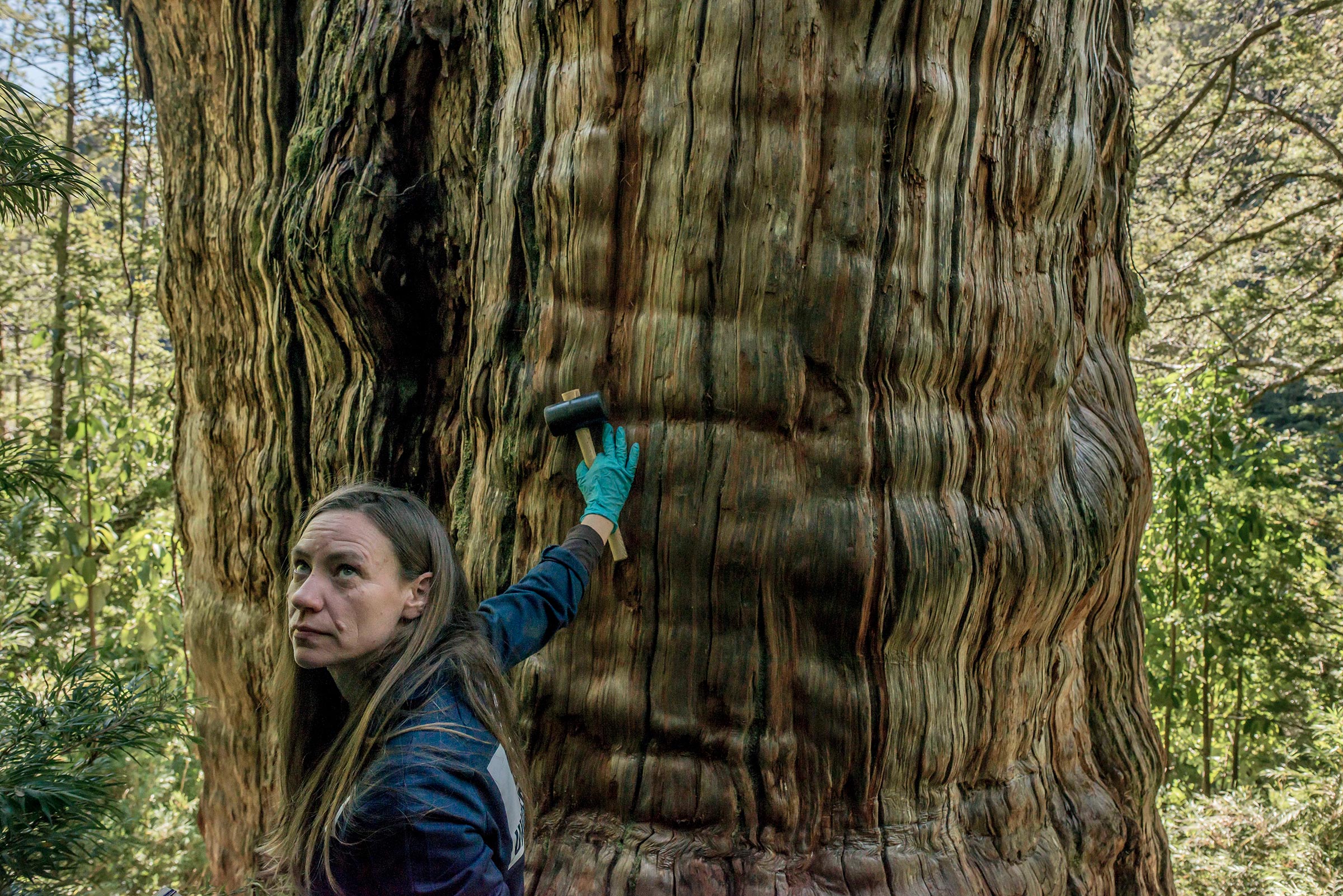Odds are, you don’t spend a lot of time thinking about fungi. But that’s OK, because Toby Kiers does. Kiers, a professor of evolutionary biology at Vrije Universiteit Amsterdam, doesn’t study just any old fungi, but the arbuscular mycorrhizae, a type of fungus that penetrates plant roots, contributing to an underground economy that’s been around for hundreds of millions of years. Plants and fungi work symbiotically, with the fungi getting sugars and fats from the plant roots, and the roots getting phosphorus and nitrogen from the fungi. In this invisible market, good performers—healthy plants—are rewarded with more fungal phosphorous and nitrogen. Poor performers are punished with less interaction, which effectively leaves them unhealthier still. The laws of supply and demand apply too. When fungi networks are sparse, and the phosphorous and nitrogen they can offer the plants are thus in lower supply, the networks raise the price of their goods, demanding more sugar and fats from the roots before they will make the chemical trade. Using economic algorithms to study this dynamic, Kiers sees implications for agriculture and environmental science. Farms could cultivate root systems with more fungi, for example—essentially stimulating the agronomic market—to reduce the need for fertilizer and boost crop yield. Fungi, Kiers says, are “tiny capitalists.” That fact could pay off for all of us.
- Cybersecurity Experts Are Sounding the Alarm on DOGE
- Meet the 2025 Women of the Year
- The Harsh Truth About Disability Inclusion
- Why Do More Young Adults Have Cancer?
- Colman Domingo Leads With Radical Love
- How to Get Better at Doing Things Alone
- Michelle Zauner Stares Down the Darkness





